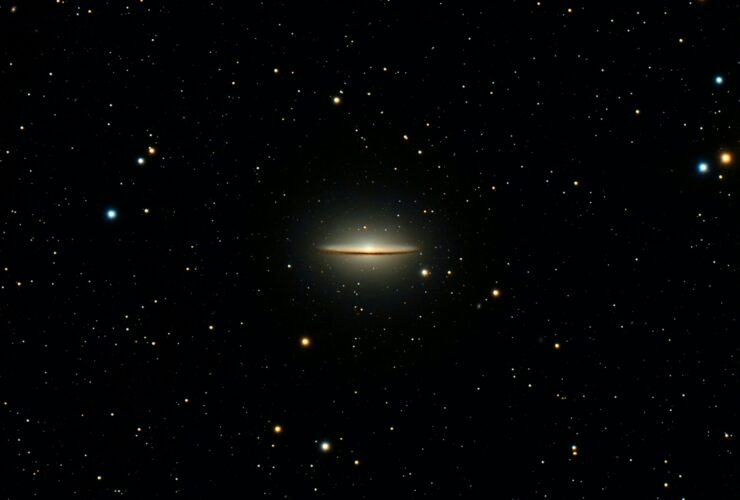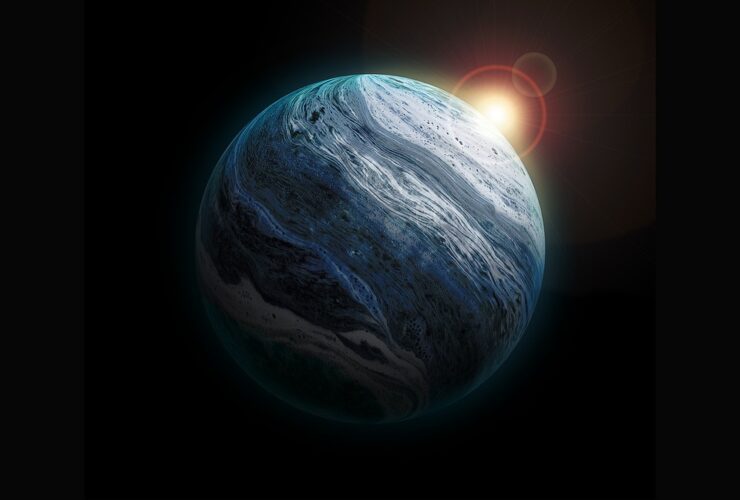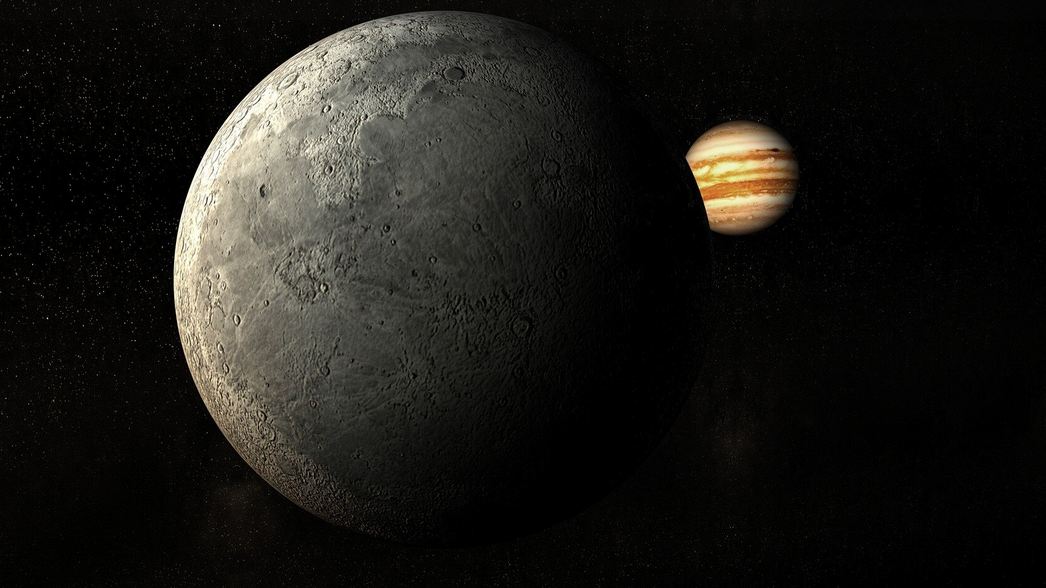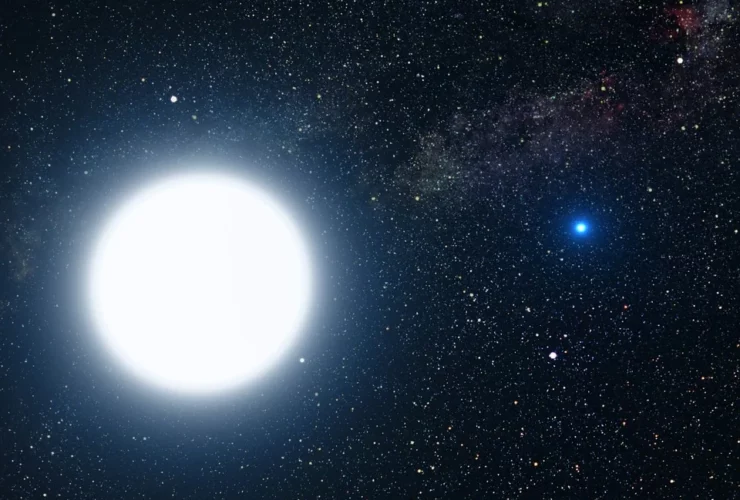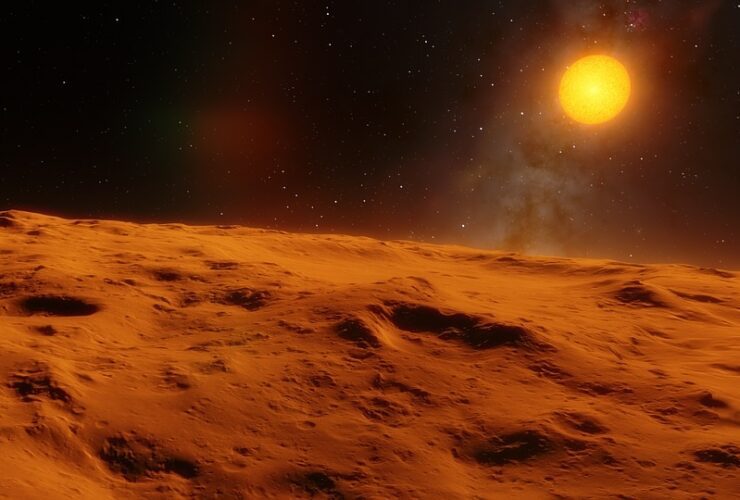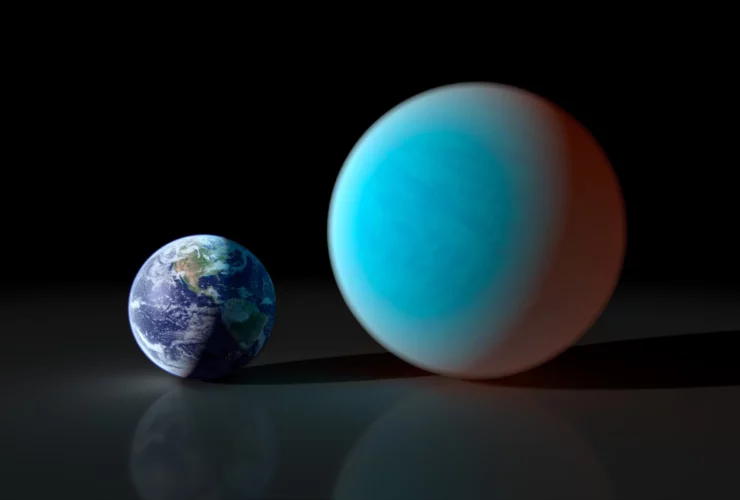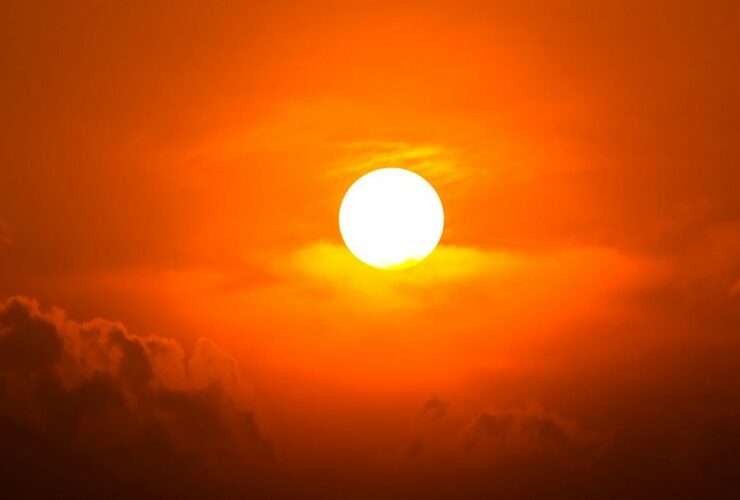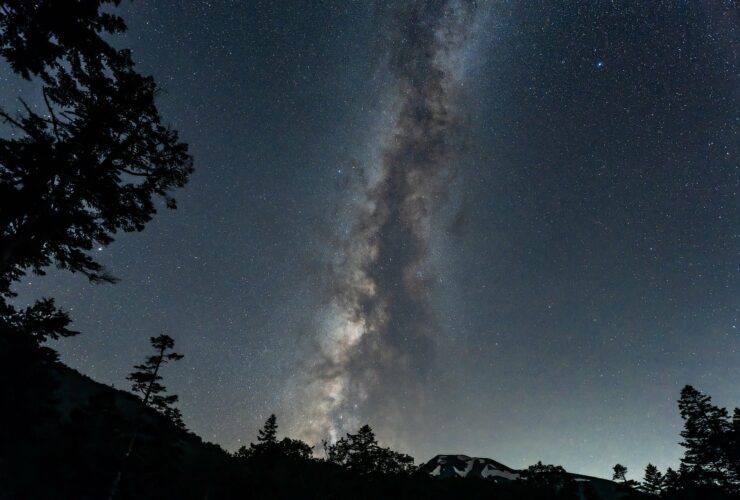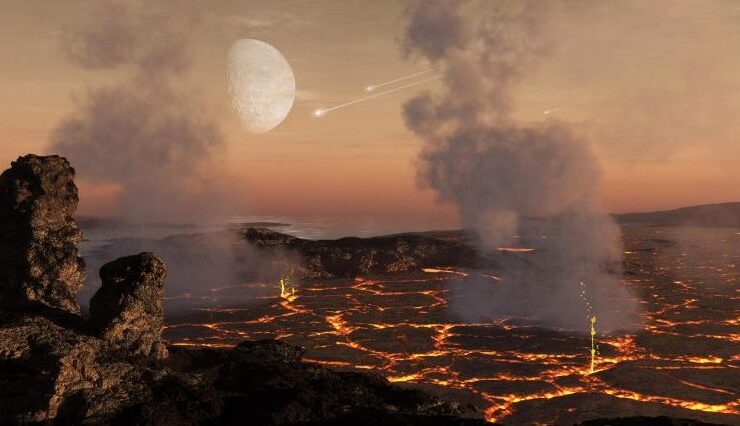In yet another example of its potential to reveal cosmic secrets, NASA’s most powerful space telescope has determined the molecular and chemical profile of an exoplanet’s atmosphere. Following its debut earlier this year, the James Webb Telescope’s extraordinary infrared capabilities ...
The greatest contender so far for a watery, Earth-like exoplanet is a world about 100 light-years away. Dimensional and mass data for this object, designated TOI-1452b, are compatible with a density profile that would support the presence of a worldwide ...
According to recent study, published in the journal Nature Astronomy, WASP-121b, a gigantic gas giant circling a star around 855 light-years from Earth, may feature metal clouds and liquid gem showers. Originally identified in 2015, the exoplanet is classified as ...
“Super-Earths” keep popping up. The most numerous exoplanets are those between Earth and Neptune in size, yet they’re also the most perplexing. Are they rocky like Earth, complete with atmospheres and liquid water, but much larger? Or are they “mini-Neptunes” ...
In the region of a fading sun, scientists believe there might be a planet that could support life. If verified, it could be the first instance a possibly habitable planet has been discovered circling a white dwarf star. The planet ...
A very little extraterrestrial world has recently been discovered circling the Solar System’s nearest star neighbor. Proxima d is an exoplanet candidate that circles Proxima Centauri, a tiny, faint red dwarf star approximately 4.2 light-years away from the Sun. Surprisingly, ...
Astronomers have identified a strange planet not present in our solar system orbiting other stars. It is neither too large nor too tiny but falls between the Earth’s and Neptune’s radii. Dense “super-Earths,” more prominent than Earth, are found near ...
The NASA TESS (Transiting Exoplanet Survey Satellite) mission just discovered something significant: our own sun is remarkably well-behaved in comparison to its counterparts elsewhere in the cosmos. (Image courtesy of NASA/Solar Dynamics Observatory and Getty Images.) According to Universe Today, ...
If you’re among those who swore eternal love for heavy metal music, you should now know that it’s at least one exoplanet out there that might be even more metal than you. Being composed of iron by roughly 80 percent, ...
A new method of analyzing planetary atmospheres reveals data about the initial composition of the atmospheres of rocky exoplanets. Researchers from the UC Santa Cruz released a paper recently discussing the technique, process, and findings. The ancient atmospheres of rocky ...

